The super Tucano:

The Embraer EMB 314 Super Tucano (English: Super Toucan), also named ALX or A-29, is a Brazilian turboprop light attack and counter-insurgency aircraft designed and built by Embraer as a development of the Embraer EMB 312 Tucano. The A-29 Super Tucano carries a wide variety of weapons, including precision-guided munitions, and was designed to be a low-cost system operated in low-threat environments
In addition to its manufacture in Brazil, Embraer has set up a production line in Portugal through the company OGMA and in the United States in conjunction with Sierra Nevada Corporation for the manufacture of A-29s to export customers.
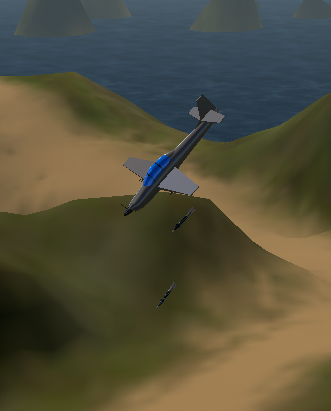
Desing :
During the mid-1980s, Embraer was working on the Short Tucano alongside a new version designated the EMB-312G1, carrying the same Garrett engine. The EMB-312G1 prototype flew for the first time in July 1986. However, the project was dropped because the Brazilian Air Force was not interested in it. Nonetheless, the lessons from recent combat use of the aircraft in Peru and Venezuela led Embraer to keep up the studies. Besides a trainer, it researched a helicopter attack version designated "helicopter killer" or EMB-312H.[3] The study was stimulated by the unsuccessful bid for the US military Joint Primary Aircraft Training System program. A proof-of-concept prototype flew for the first time in September 1991. The aircraft features a 1.37 m (4.5 ft) fuselage extension with the addition of sections before and after of the cockpit to restore its center of gravity and stability, a strengthened airframe, cockpit pressurization, and stretched nose to house the more powerful PT6A-67R (1,424 shp or 1,062 kW) engine. Two new prototypes with the PT6A-68A (1,250 shp or 930 kW) engine were built in 1993. The second prototype flew for the first time in May 1993 and the third prototype flew in October 1993.
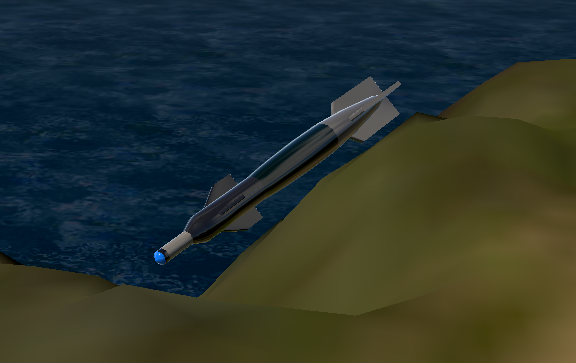
The request for a light attack aircraft was part of the Brazilian government's Amazon Surveillance System project. This aircraft would fly with the R-99A and R-99B aircraft then in service and be used to intercept illegal aircraft flights and patrol Brazil's borders. The ALX project was then created by the Brazilian Air Force, which was also in need of a military trainer to replace the Embraer EMB 326GB Xavante. The new aircraft was to be suited to the Amazon region (high temperature, moisture, and precipitation; low military threat). The ALX was then specified as a turboprop engine plane with a long range and autonomy, able to operate night and day, in any meteorological conditions, and able to land on short airfields lacking infrastructure.[5]
In August 1995, the Brazilian Ministry of Aeronautics awarded Embraer a $50 million contract for ALX development. Two EMB-312Hs were updated to serve as ALX prototypes. These made their initial flights in their new configuration in 1996 and 1997, respectively. The initial flight of a production-configured ALX, further modified from one of the prototypes, occurred on 2 June 1999. The second prototype was brought up to two-seater configuration and performed its first flight on 22 October 1999. The changes had been so considerable that the type was given a new designation, the EMB-314 Super Tucano.[4] The total cost of the aircraft development was quoted to be between US$200 million and US$300 million.[6]
The aircraft differs from the baseline EMB-312 Tucano trainer aircraft in several respects. It is powered by a more powerful 1,600 shp (1,200 kW) Pratt & Whitney Canada PT6A-68C engine (compared to the EMB-312's 750 shp (560 kW) powerplant); has a strengthened airframe to sustain higher g loads and increase fatigue life to 8,000–12,000 hours in operational environments; a reinforced landing gear to handle greater takeoff weights and heavier stores load, up to 1,550 kilograms (3,420 lb); Kevlar armour protection; two internal, wing-mounted .50 cal. machine guns (with 200 rounds of ammunition each);[7] capacity to carry various ordnance on five weapon hardpoints including Giat NC621 20 mm cannon pods, Mk 81/82 bombs, MAA-1 Piranha air-to-air missiles (AAMs), BLG-252 cluster bombs, and SBAT-70/19 or LAU-68A/G rocket pods on its underwing stations; and has a night-vision goggle-compatible "glass cockpit" with hands-on-throttle-and-stick (HOTAS) controls; provision for a datalink; a video camera and recorder; an embedded mission-planning capability; forward-looking infrared; chaff/flare dispensers; missile approach warning receiver systems and radar warning receivers; and zero-zero ejection seats.[8] The structure is corrosion-protected and the side-hinged canopy has a windshield able to withstand bird strike impacts up to 270 kn (500 km/h; 310 mph)
Load-out:*
X2 : GBU-12 Paveway II
X2 : 12.7 mm (0.50 in) 1,100 rounds per
minute FN Herstal
Specifications
Spotlights
- PhantomBoltSP one month ago
General Characteristics
- Created On Android
- Wingspan 49.1ft (15.0m)
- Length 52.7ft (16.0m)
- Height 16.5ft (5.0m)
- Empty Weight 17,412lbs (7,898kg)
- Loaded Weight 21,873lbs (9,921kg)
Performance
- Horse Power/Weight Ratio 0.08
- Wing Loading 46.8lbs/ft2 (228.4kg/m2)
- Wing Area 467.6ft2 (43.4m2)
- Drag Points 3683
Parts
- Number of Parts 94
- Control Surfaces 7
- Performance Cost 451

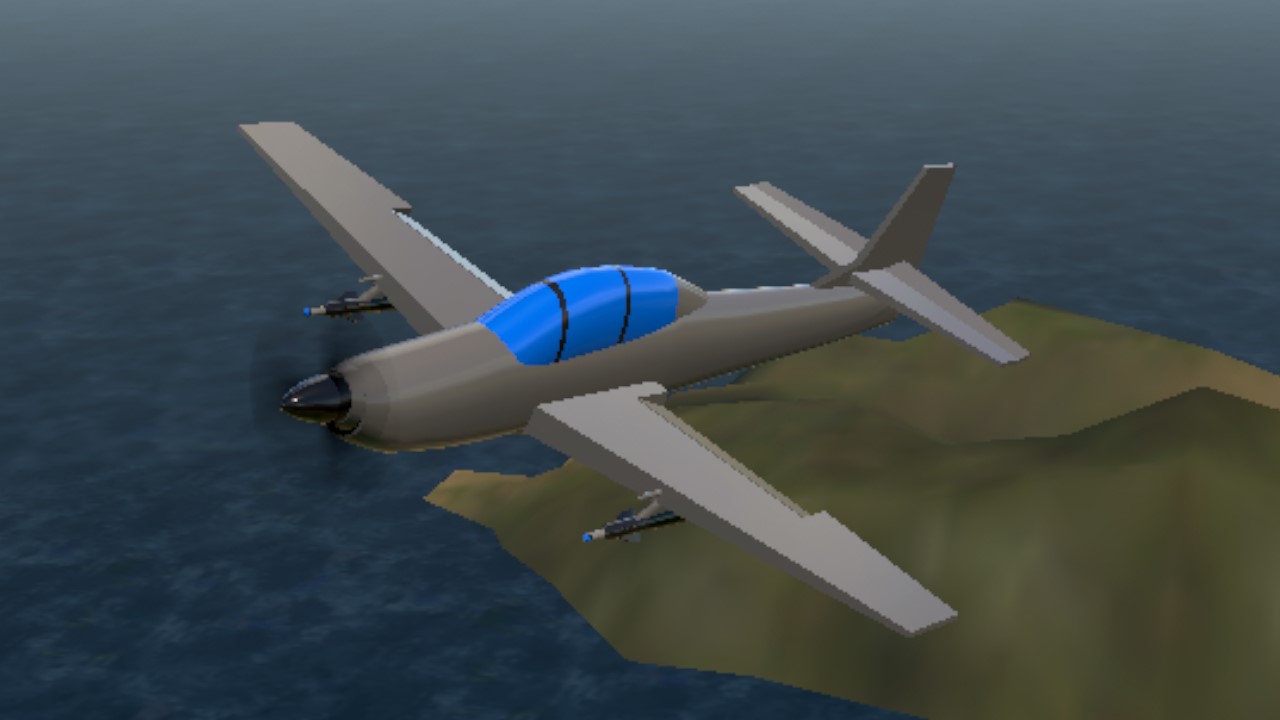
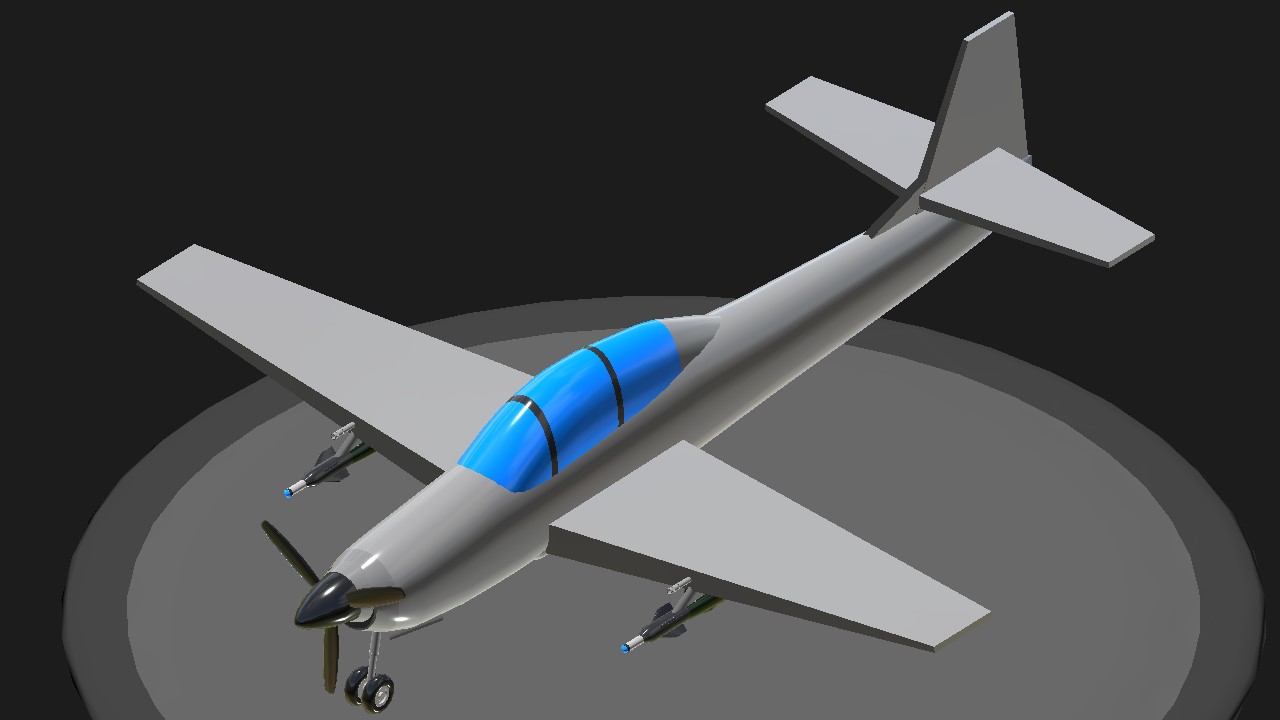
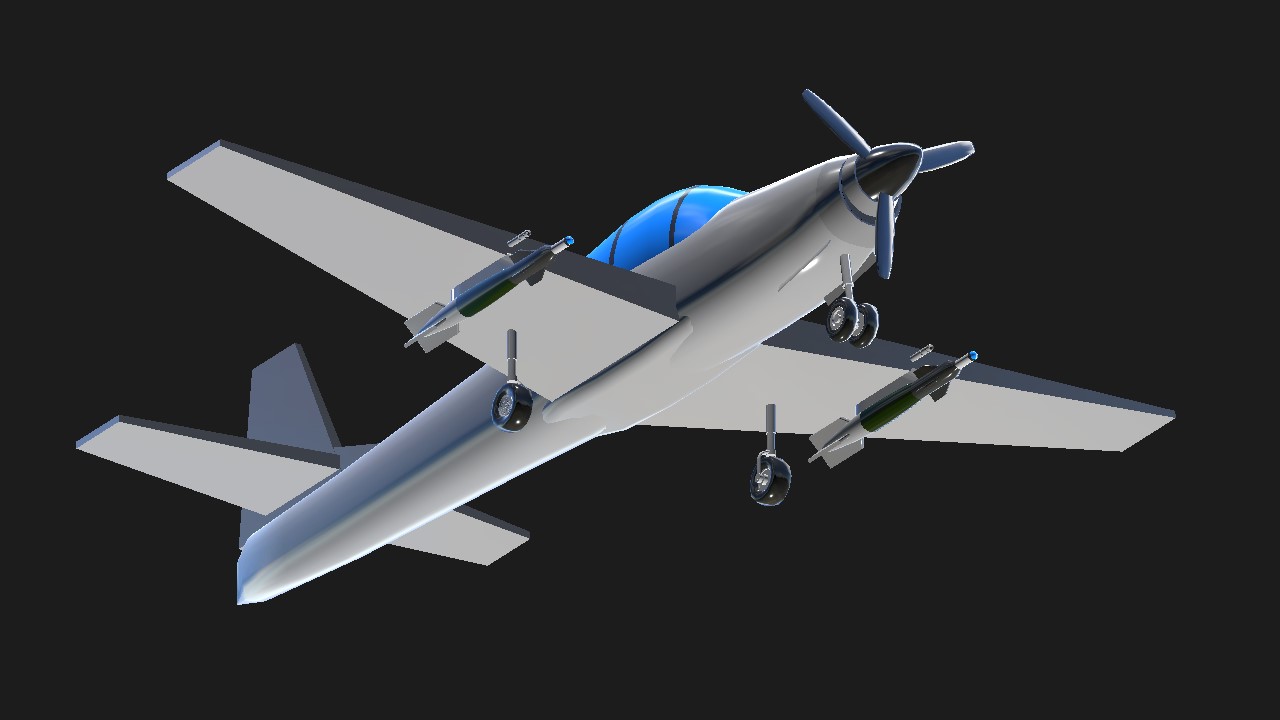
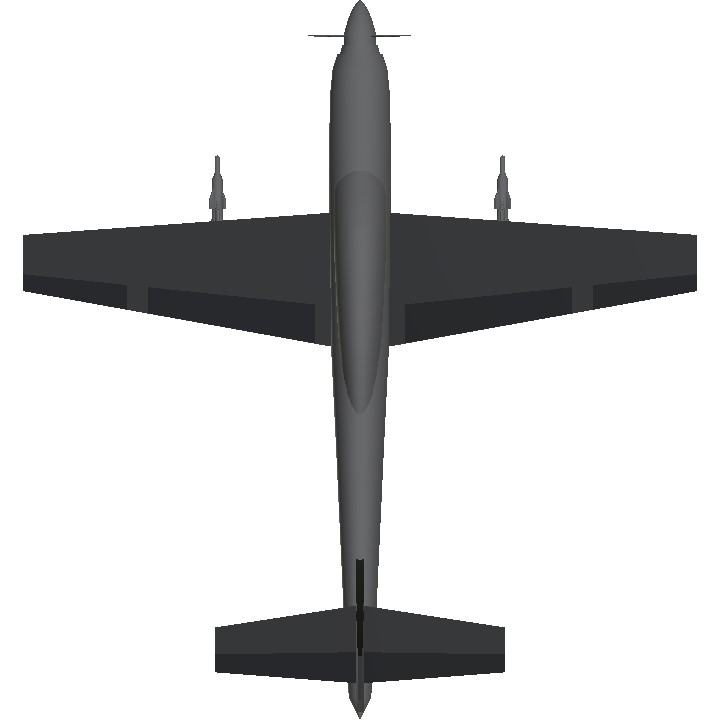
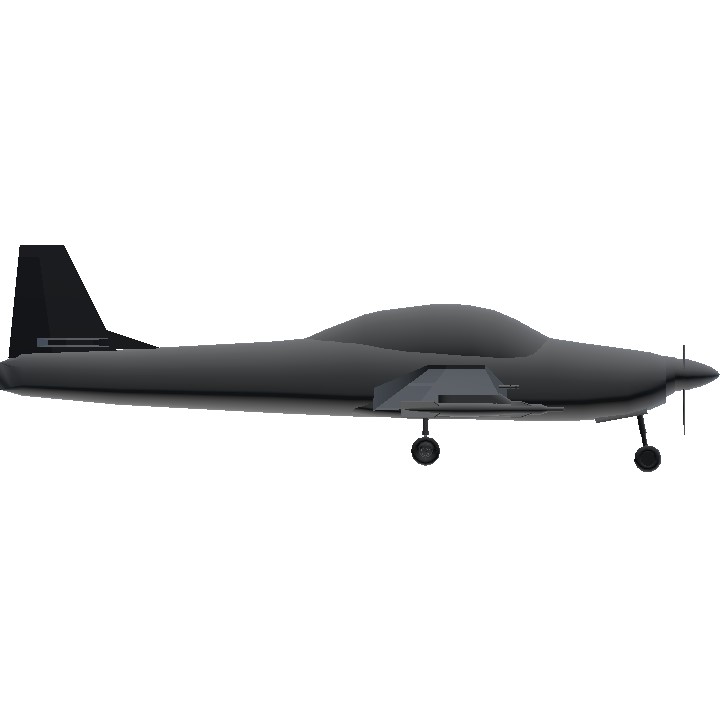

@Mitterbin okay
@Pakdaaircraftindustries it ok Pakda (you can call me Mit)
@Mitterbin thanks I was trying to make it with deployable fins but works okay for a normal bomb
I wait this and very good bomb Pakda